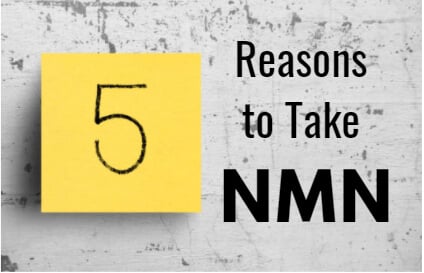How was the NMN discovered?
The context of nicotinamide mononucleotide research is intrinsically linked to that of NAD+; we will list a few research studies worth citing.
In 1963, the three of them, Chambon, Weill, and Mandel, realized that NMN Food (nicotinamide mononucleotide) provided the cellular energy required to activate a crucial nuclear enzyme [1]. This resulted in the discovery of Poly (ADP-ribose) polymerases (PARPs). It is a group of proteins involved in various biological processes, such as DNA repair, maintenance of genomic stability, and programmed cell death. PARPs and their function are also related to the lifespan of various species.
A group of researchers demonstrated that nicotinamide mononucleotide could extend the life span of mice [2]. In 2017, researchers used nicotinamide mononucleotide to repair DNA damage in mice by elevating NAD+ levels [3].
In 2020, researchers used an NMN Food (nicotinamide mononucleotide) to increase blood flow and improve neurovascular system health in older mice [4]. The study showed that (nicotinamide mononucleotide) could improve the health of mice at age 5. It also appears to reverse the effects of age on gene expression. Out of 590 genes that differ between old and young animals, treatment with (nicotinamide mononucleotide) has transformed 204 of these genes at normal levels of expression in young animals.
In 2020, a team of researchers proved that the treatment with an NMN Food (nicotinamide mononucleotide) improves neurovascular connection (NVC) in aging mice [5]. NVC deficiencies are believed to be the primary cause of motor and cognitive impairment.
How is Nicotinamide Mononucleotide manufactured?
Nicotinamide Mononucleotide is made in the human body using vitamin B precursors. The enzyme responsible for Nicotinamide Mononucleotide is nicotine amide phosphoribosyltransferase (NAMPT). NAMPT assigns a form of vitamin B3 called nicotinamide to the sugar-phosphate 5'-phosphoribosyl-1-pyrophosphate (PRPP).

NAMPT is the enzyme that limits the speed that causes NAD+ production. This means that low levels of NAMPT reduce Nicotinamide Mononucleotide production and, as a result, NAD concentrations. It also means that administering more Nicotinamide Mononucleotide can increase the rate at which NAD production can be increased to help fill the gap.
In addition, an NMN Food (nicotinamide mononucleotide) may be produced from the NR by adding the phosphate group. The researchers thought the nicotinamide mononucleotide could not enter the cell until it first became the NR. However, in 2019, a new nicotinamide mononucleotide transporter channel was discovered and demonstrated that it can be [6].
The study discovered an indication that the Slc12a8 gene is a particular NMN Food (nicotinamide mononucleotide) transporter that allows the molecule to enter cells without having to convert it into NR first. The discovery showed that it is absorbed faster than other NAD+ precursors and that your body appears to have evolved to absorb nicotinamide mononucleotide directly because of its benefits its value to the body.
To learn more about NMN products and their benefits, click to see more information about Advanced NMN Foods that RevGenetics offers here.
References:
https://pubmed.ncbi.nlm.nih.gov/14019961/
https://pubmed.ncbi.nlm.nih.gov/24825348/
https://pubmed.ncbi.nlm.nih.gov/28336669/
https://pubmed.ncbi.nlm.nih.gov/32056076/
https://pubmed.ncbi.nlm.nih.gov/31015147/
https://pubmed.ncbi.nlm.nih.gov/31131364/








